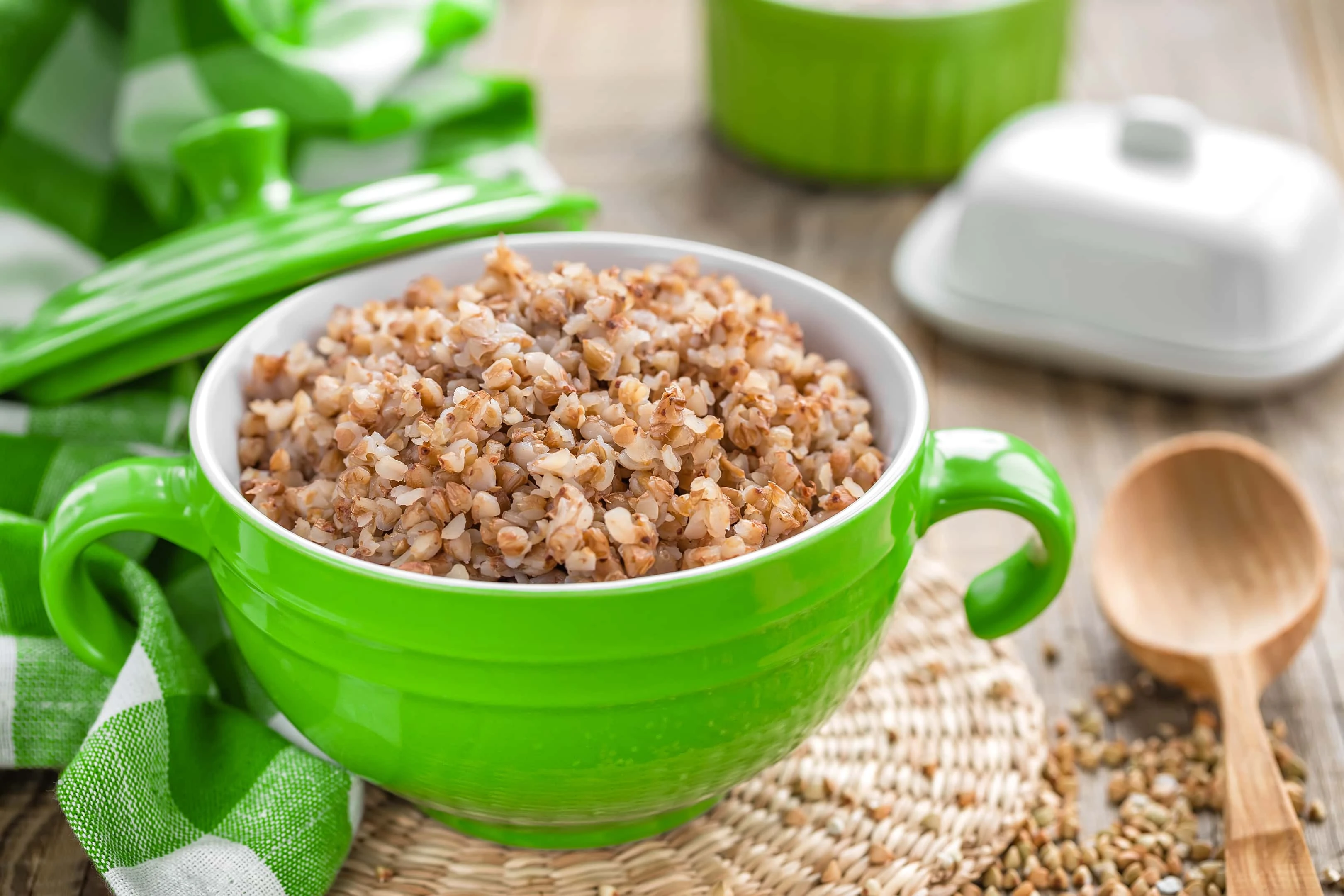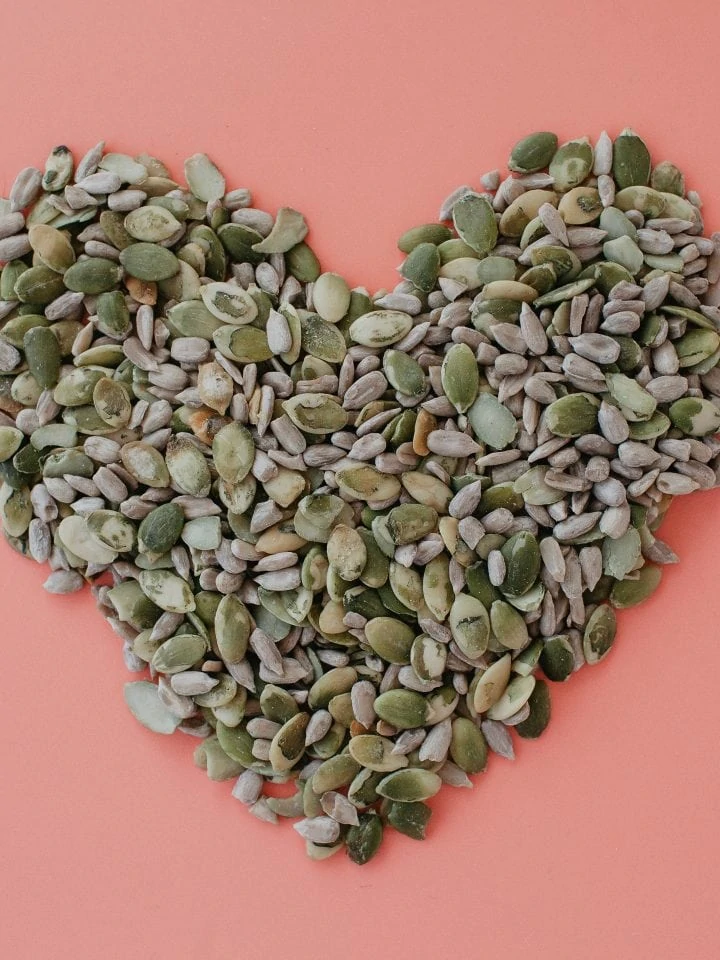Some people prefer a gluten-free diet to improve their overall health, even though they do not have celiac disease or other medical issues. A gluten-free diet is usually accompanied by low glycemic foods to minimize carb and sugar intake. In this article, we will explore what gluten-free and low glycemic mean and a list of low glycemic gluten-free foods.
Jump to:
Low glycemic foods explained
Low glycemic foods are usually low in carbohydrates and high in fiber. Unlike those on the higher index scale, foods with a lower glycemic index won’t cause a sugar spike in your blood. Low glycemic foods have a glycemic index of 55 or below.
What is the glycemic index?
The glycemic index is a ranking system that classifies foods according to their impact on blood glucose levels. It was developed by Dr. R. Wolever and colleagues at the University of Toronto in 1981 and has been used widely since then.
The higher the glycemic index of a food, the more quickly it causes blood sugar levels to increase. The glycemic value of foods are generally separated into three categories:
- Low GI — 1-55
- Medium GI — 56-69
- High GI — 70 and higher
Why should you go gluten-free?
Gluten is a protein found in wheat, barley, and rye. It’s a protein that gives dough its elasticity. Gluten-free diets have become popular to improve health, even if you don't have celiac disease. If you suffer from one of the following conditions, you should consider opting for gluten-free foods. Here are some of them:
- Celiac disease — A medical condition that stems from an intolerance against gluten, which disturbs your immune system.
- Non-celiac gluten sensitivity — A condition where you experience symptoms after ingesting gluten but do not have celiac disease.
- Gluten allergy — An immune system response to gluten.
Low glycemic gluten-free foods

A low glycemic gluten-free diet eliminates foods high in sugar and carbs, making it an excellent diet for those who want to improve their blood sugar levels. This diet is optimal for people who are suffering from diabetes or celiac disease. Some of the ideal low glycemic gluten-free foods include:
1. Buckwheat
Buckwheat is not an actual grain; thus, it is gluten-free. According to a study, buckwheat has the lowest GI value among grains, which means it does not cause a spike in blood sugar levels. Therefore, buckwheat is an ideal option for those on a gluten-free low glycemic diet.
2. Apples
Apples are one of the healthiest and most versatile gluten-free snacks around. Most fruits contain high amounts of sugar, which is in the form of glucose. Apples are a low-glycemic food, high in fiber, vitamin C, and antioxidants. They should be an ideal addition to your diet.
3. Quinoa
Quinoa is an ideal protein, meaning it provides every placing it among the low-GI foods category; therefore, it doesn’t cause spikes in blood sugar as many other grains do.
4. Salmon
Salmon is an excellent addition to your diet, whether you prefer it baked, smoked, or grilled. Salmon contains no sugar or carbs, so it is gluten-free and has low glycemic levels. This is also true for fish in general, and salmon remains one of the healthiest seafood out there.
5. Beef
In your quest to find low glycemic gluten-free foods, any type of meat will be your ally, as it contains no gluten and glycemic levels. Like salmon above, beef does not have a GI level either, as it contains no carbs or sugar.
6. Lentils
Lentils are low in fat and high in proteins, and it is proven that they reduce the glucose levels in your blood by 20 percent. Lentils also digest slowly, so they do not cause a sugar spike in your blood. They are perfect for people who are dealing with type-2 diabetes.
7. Dark leafy vegetables
Dark leafy vegetables like spinach, Brussels sprouts, cabbage, kale, and collard greens are all gluten-free. Regarding their glycemic index, spinach and broccoli both have a GI level of 15, while kale has a glycemic index of less than 5, a low figure. If the reason you are following a low-glycemic diet is medical conditions like type-2 diabetes, these vegetables are the ideal foods to include in your diet.
8. Garlic
Consuming garlic regularly may help keep blood sugar levels stable, which is essential for people with diabetes or prediabetes. The result of a study proved that garlic could reduce your blood sugar levels thanks to its active ingredients. Garlic also appears to have anti-inflammatory effects, which may help protect the body against some of the damage caused by high blood sugar levels.
9. Poultry
Like meat and seafood, poultry does not contain any carbs and has no GI level. Turkey and chicken are popular meat choices for people on gluten-free diets. As they are gluten-free, they are safe to eat for people with celiac disease or gluten sensitivity.
Conclusion
Gluten-free diets are gaining popularity since medical conditions like celiac disease are more common now. However, health professionals usually recommend that you accompany your gluten-free diet with a low glycemic one to keep your blood glucose levels in check.
For a low glycemic gluten-free diet, the best foods include any type of meat since they don’t contain any gluten and have typically low glycemic levels. Salmon and beef are good examples of these. When it comes to fruits, stay away from fruits like bananas which contain a high amount of carbs, and instead opt for apples. Since wheat contains high levels of gluten, it is recommended to choose buckwheat and quinoa, as they are low in gluten. Lentils are also a perfect option for you since they reduce the glucose levels in your body.

A writer passionate about wellness, nutrition, and intentional living. She creates engaging, research-based content that empowers readers to live healthier lives. Through every article, she brings clarity, inspiration, and a touch of everyday practicality. Read more about Juliana.







Comments
No Comments